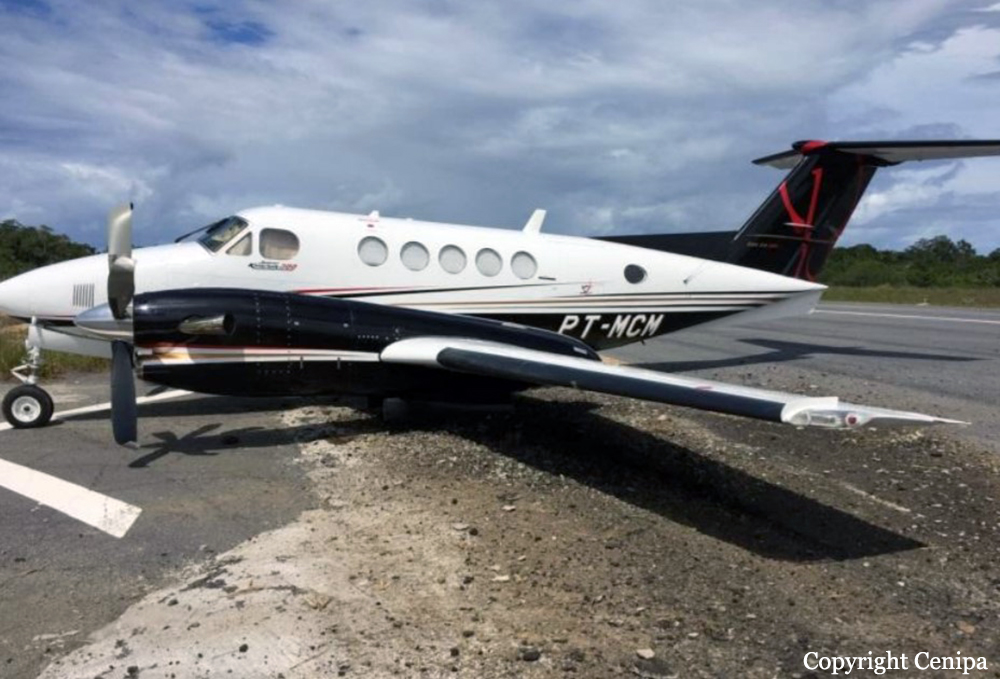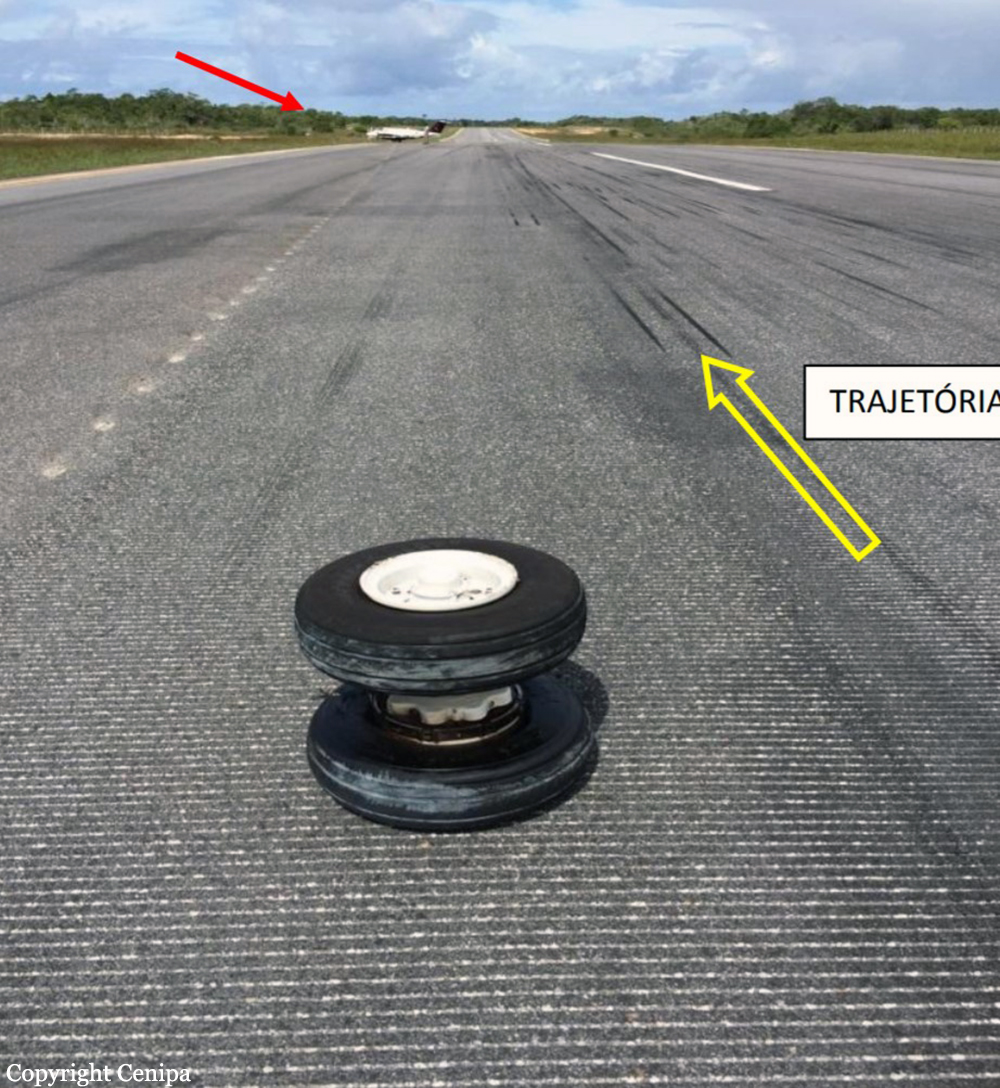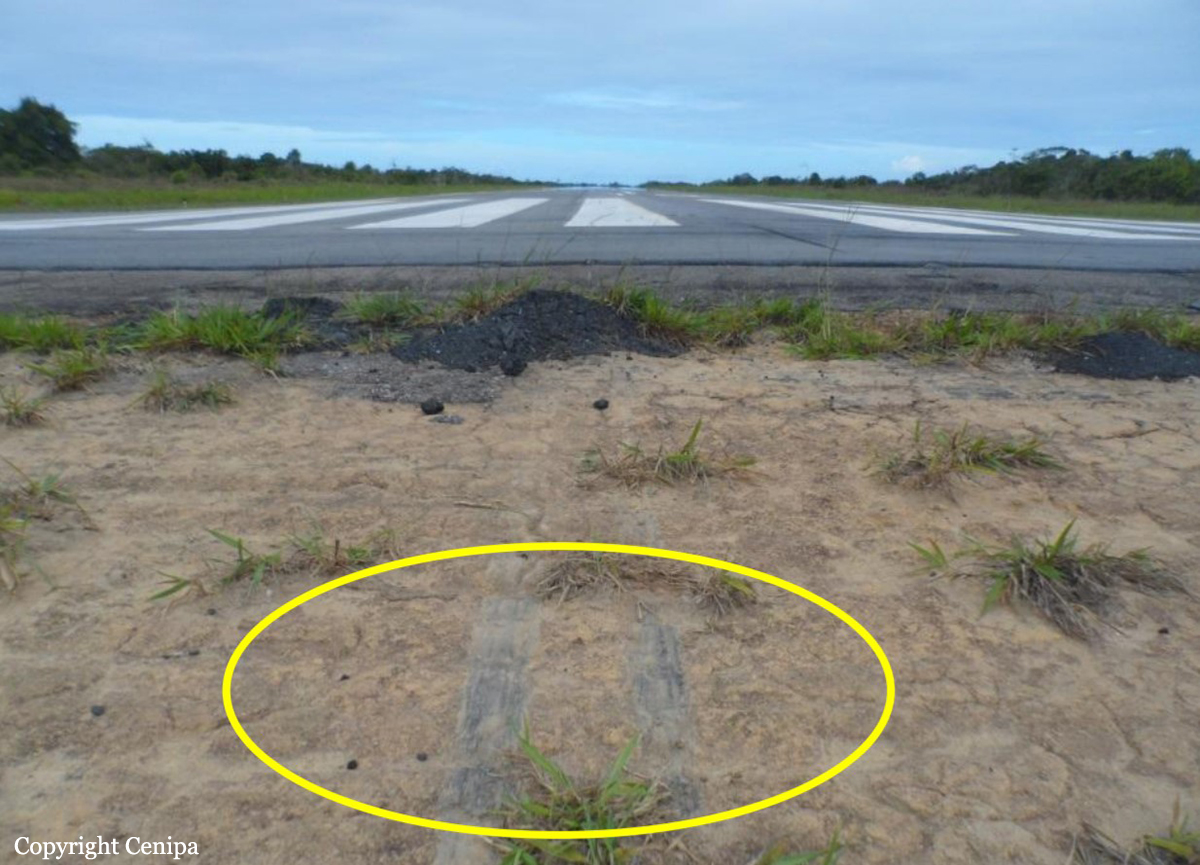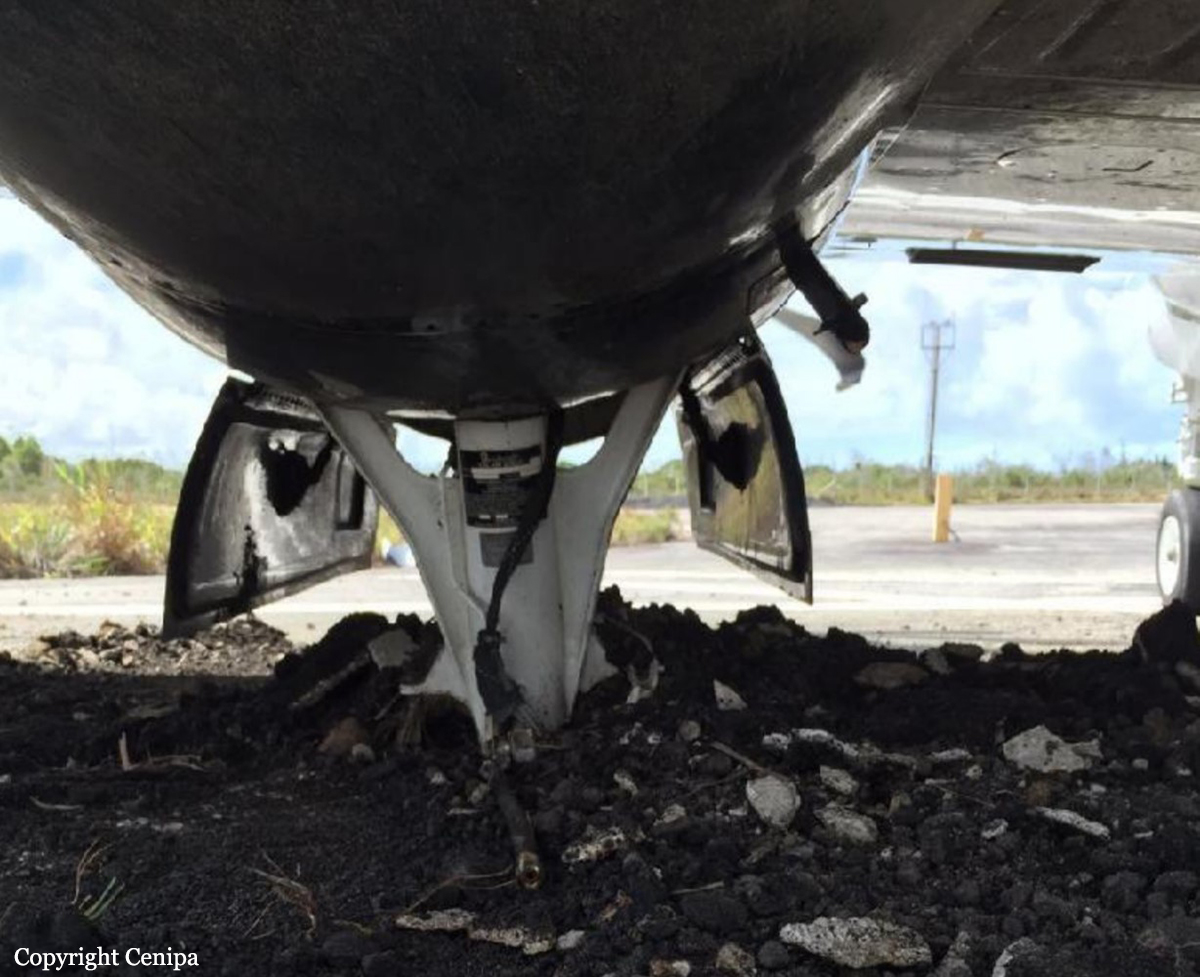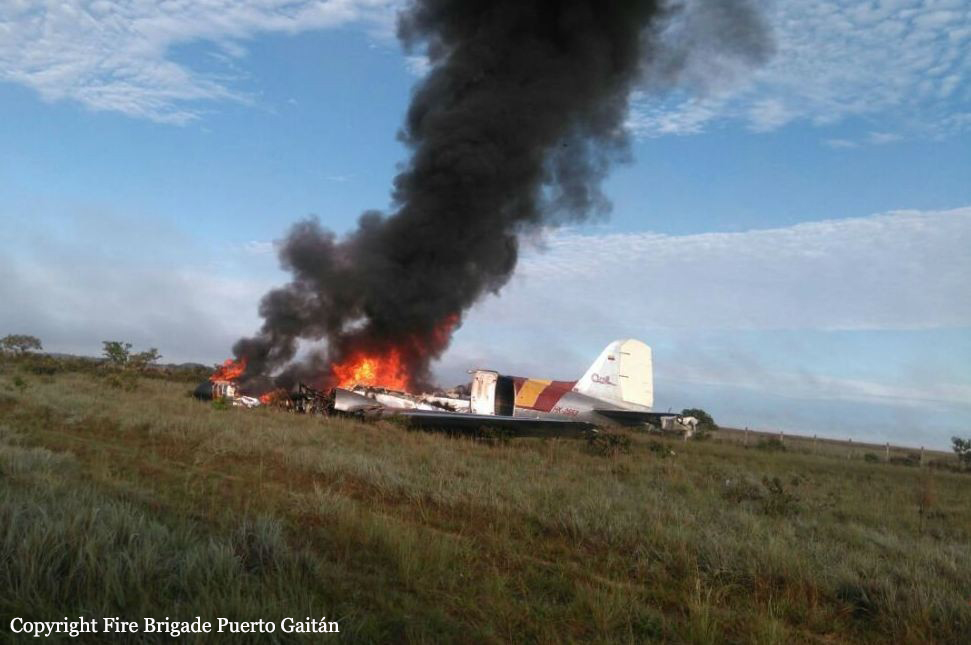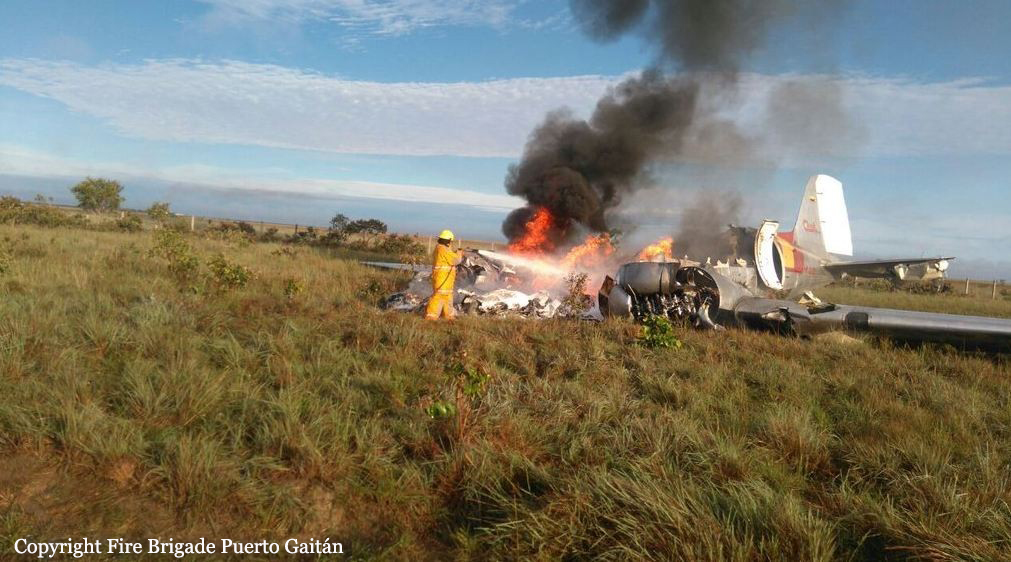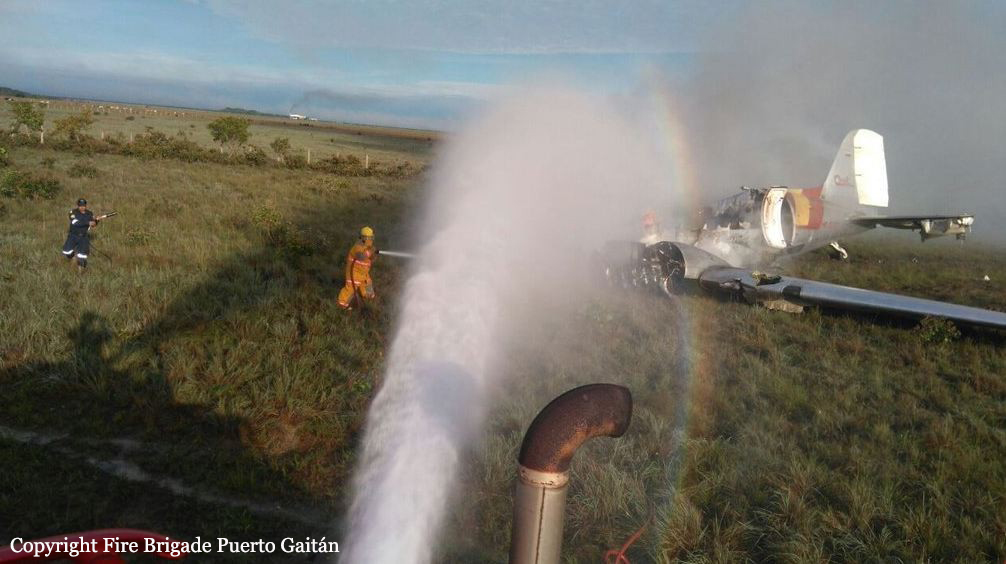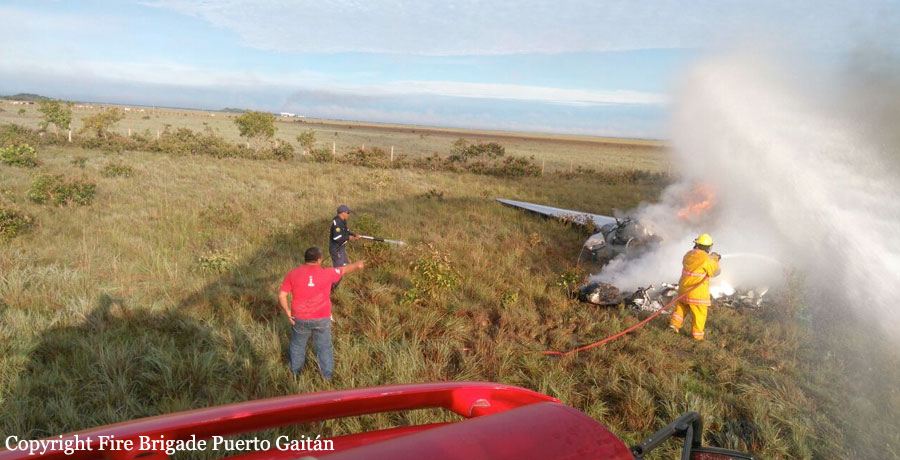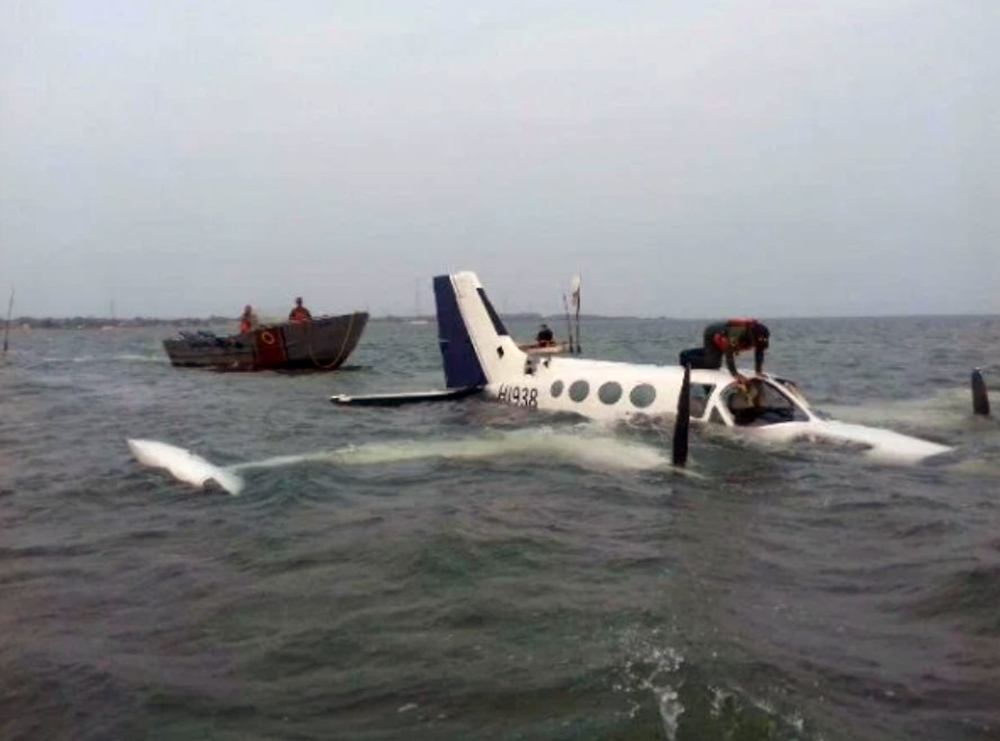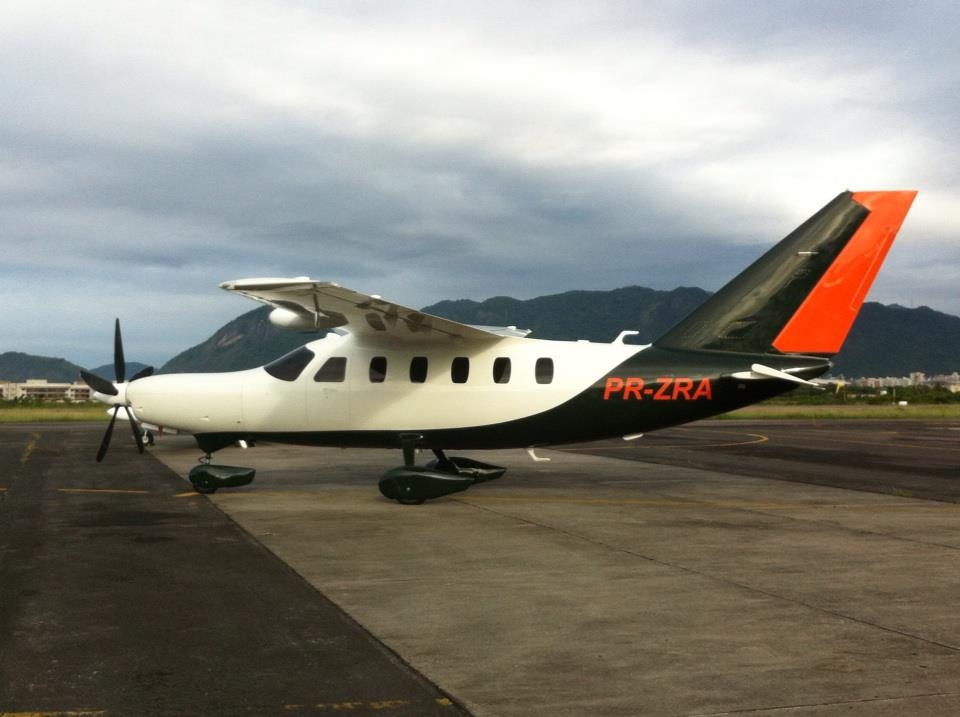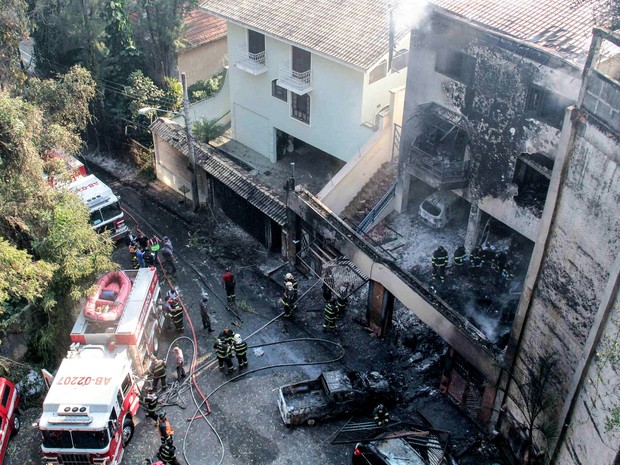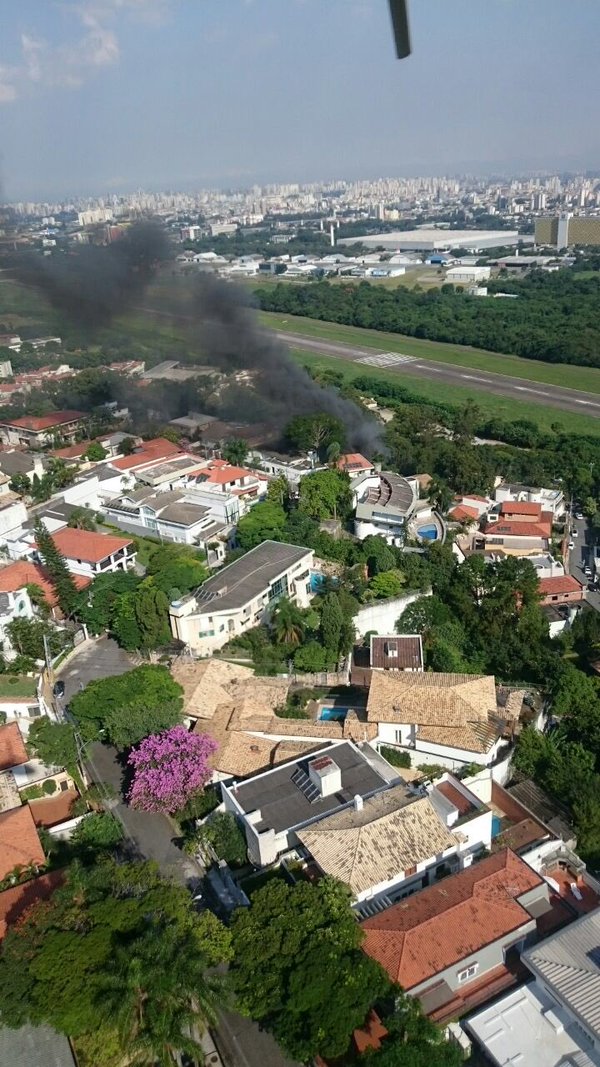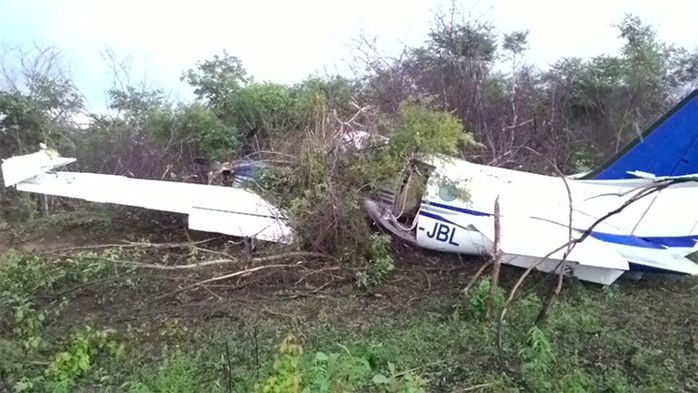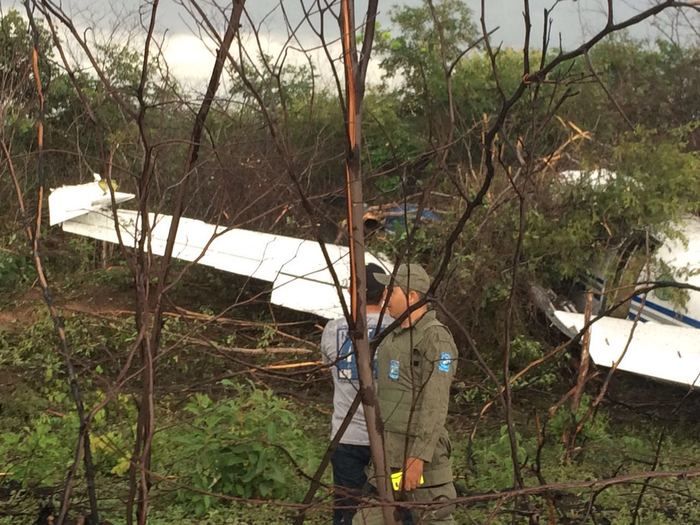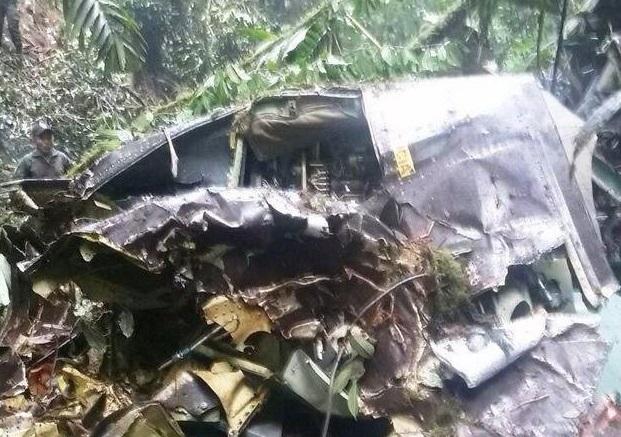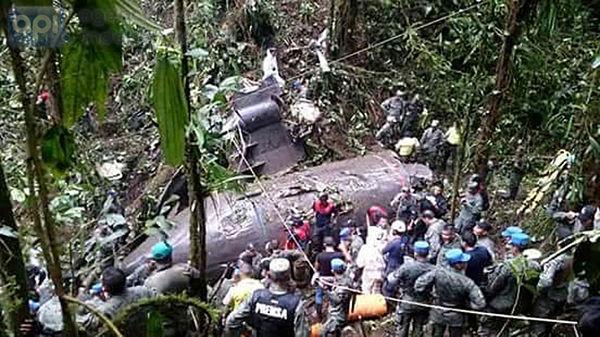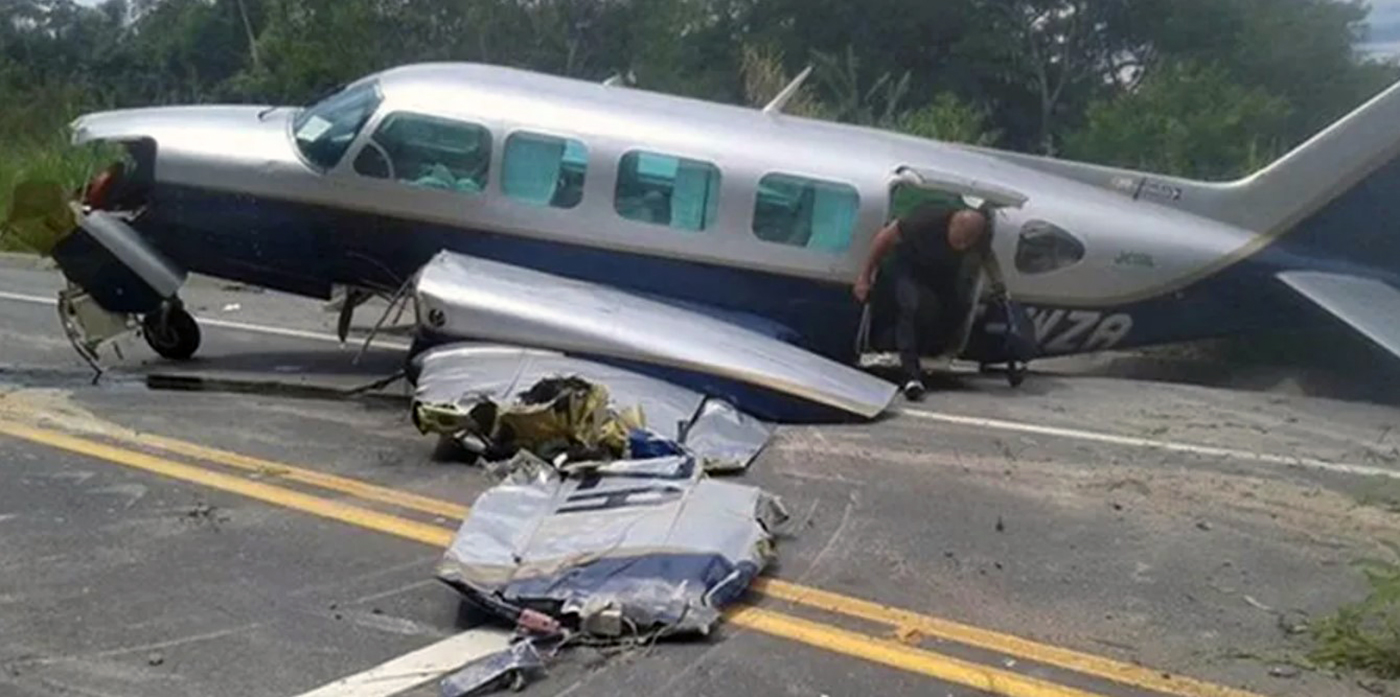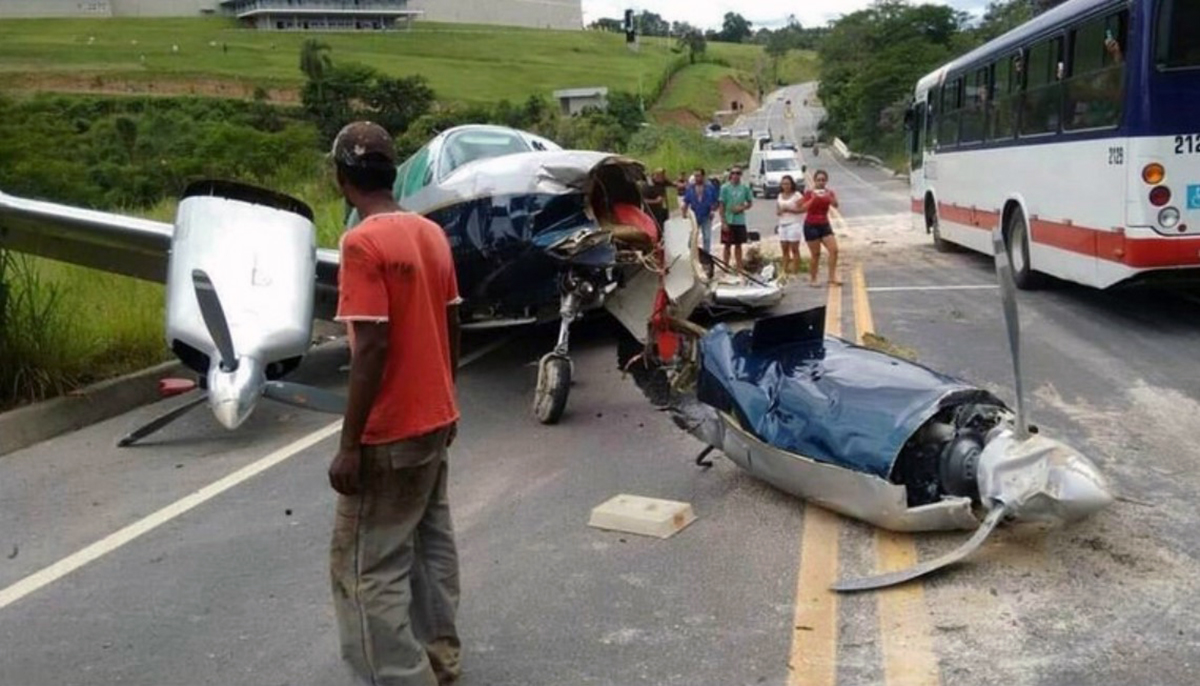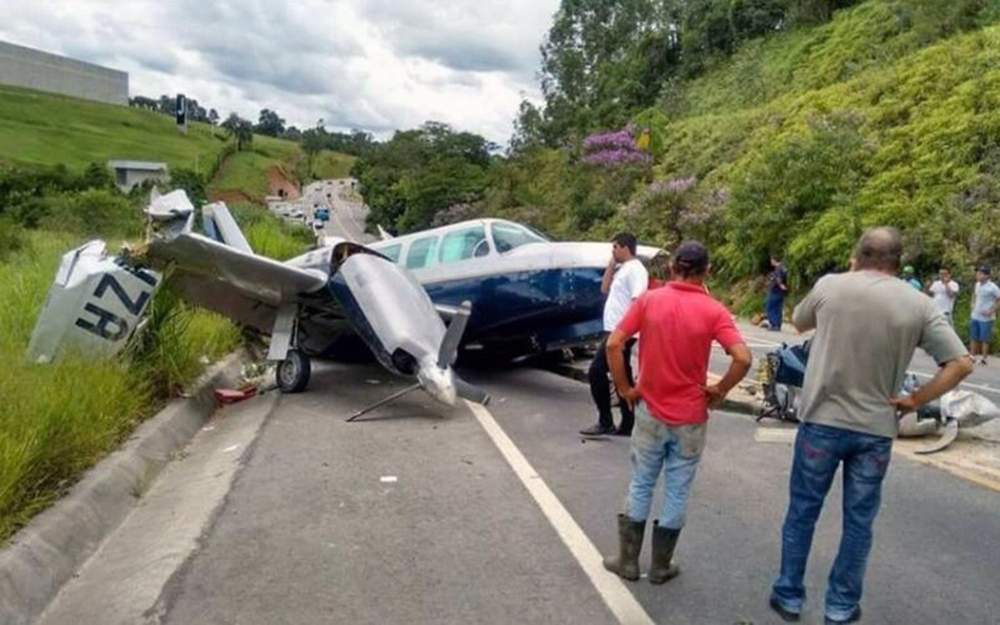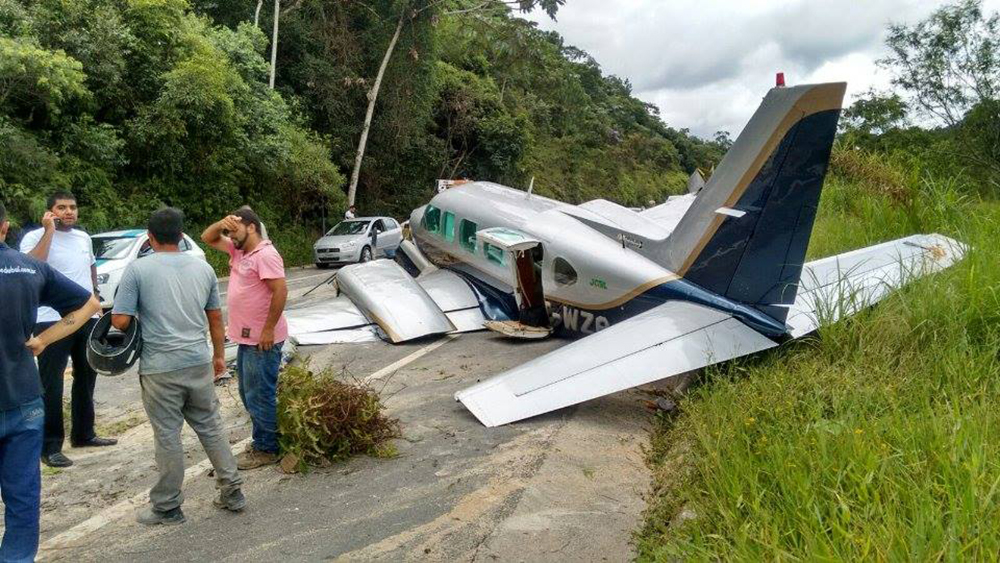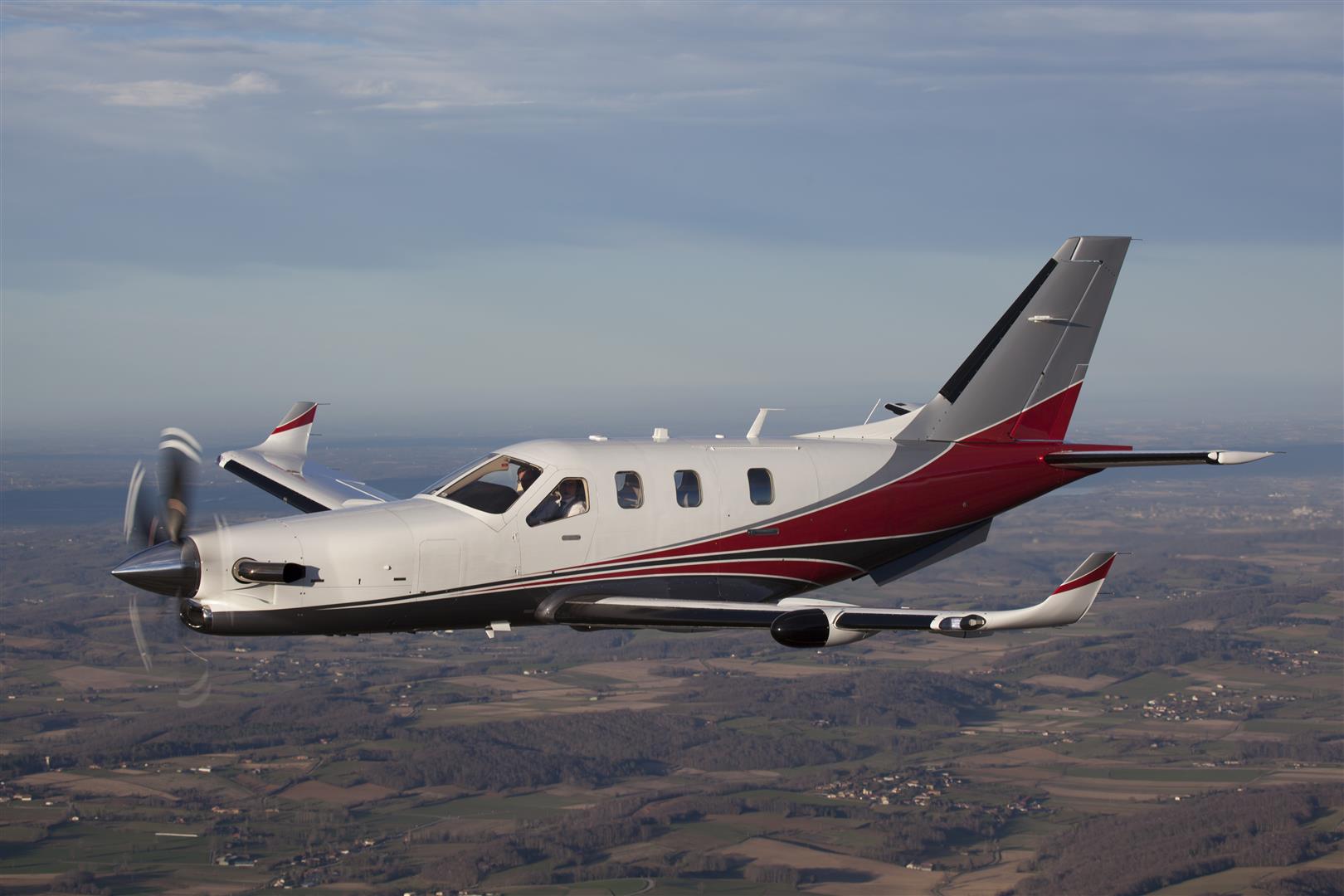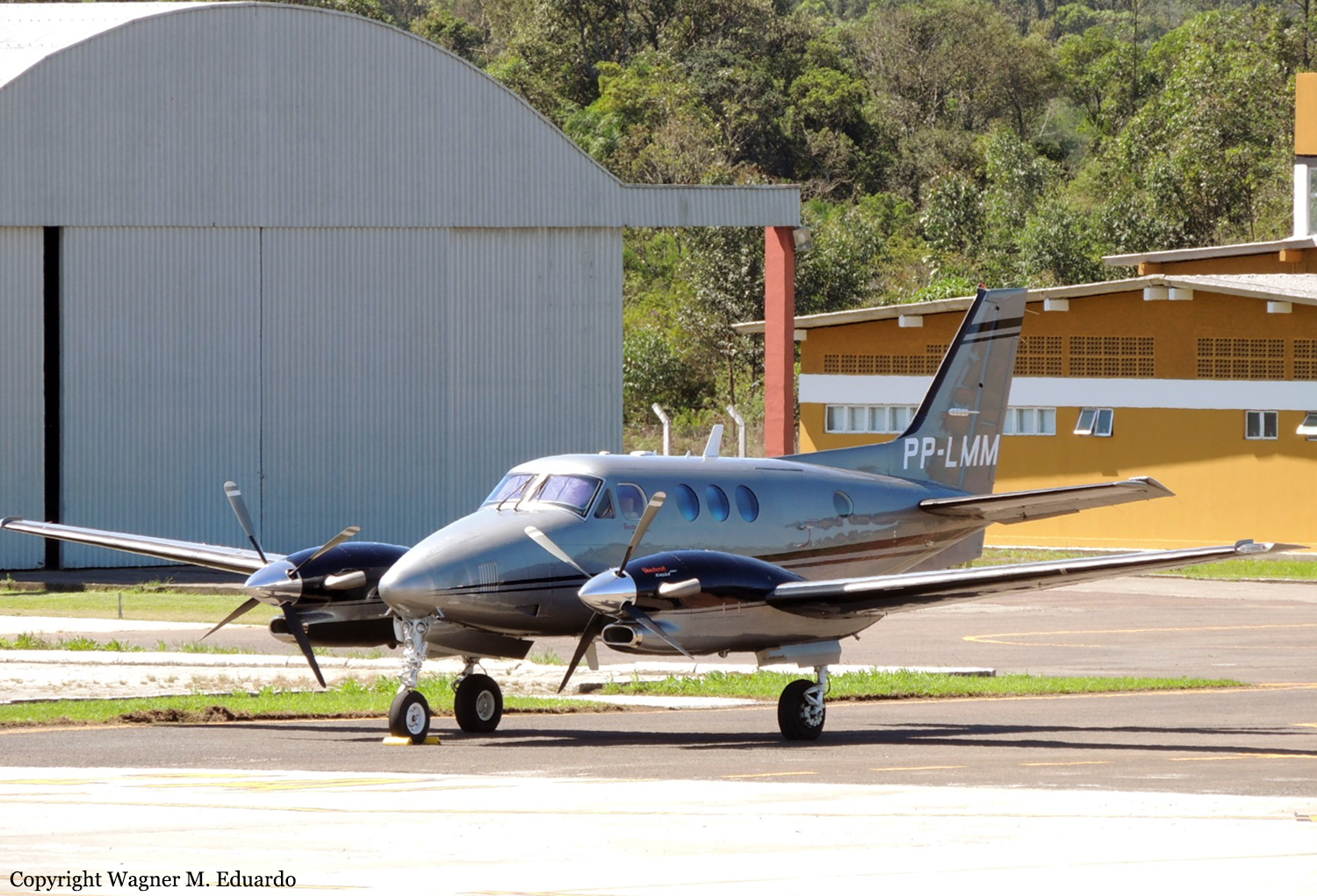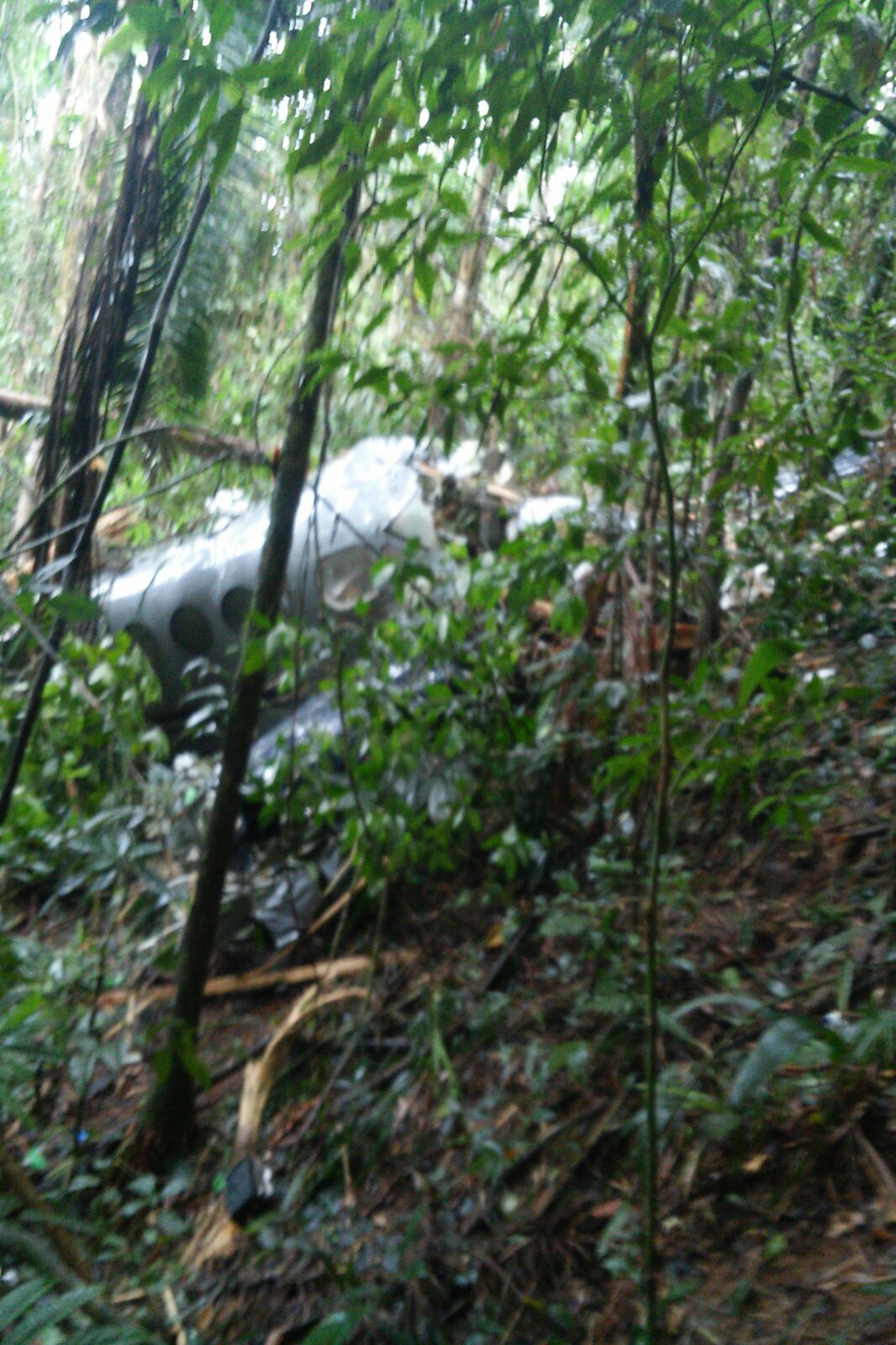Crash of a Beechcraft 300 Super King Air in Porto Seguro
Date & Time:
Apr 21, 2016 at 1140 LT
Registration:
PT-MCM
Survivors:
Yes
Schedule:
Rio de Janeiro – Porto Seguro
MSN:
FA-52
YOM:
1985
Crew on board:
1
Crew fatalities:
Pax on board:
9
Pax fatalities:
Other fatalities:
Total fatalities:
0
Captain / Total hours on type:
1000.00
Circumstances:
On final approach to Porto Seguro-Terravista Golf Club Airport Runway 15, the twin engine aircraft descended too low, causing the left main gear to impact the ground short of runway threshold. On impact, the left main landing gear was torn off. The aircraft slid on runway for few dozen metres then veered to the left and came to a halt. All 10 occupants evacuated safely and the aircraft was damaged beyond repair.
Probable cause:
The following factors were identified:
- Application of the commands - contributed
There was no effective action on the aircraft controls during the final approach to avoid a brutal impact with the ground prior to the runway threshold.
- Adverse weather conditions - undetermined
It is possible that the aircraft was under the effect of the phenomenon known as windshear, which affected the approach profil and the subsequent impact with the ground short of runway.
- Pilot judgement - contributed
The risks of a possible windshear during the final approach were not adequately considered by the pilot. The decision to proceed for the landing, to the detriment of the alternative recommended by experts to perform a missed approach, proved decisive for the development of the accident.
- Application of the commands - contributed
There was no effective action on the aircraft controls during the final approach to avoid a brutal impact with the ground prior to the runway threshold.
- Adverse weather conditions - undetermined
It is possible that the aircraft was under the effect of the phenomenon known as windshear, which affected the approach profil and the subsequent impact with the ground short of runway.
- Pilot judgement - contributed
The risks of a possible windshear during the final approach were not adequately considered by the pilot. The decision to proceed for the landing, to the detriment of the alternative recommended by experts to perform a missed approach, proved decisive for the development of the accident.
Final Report:
